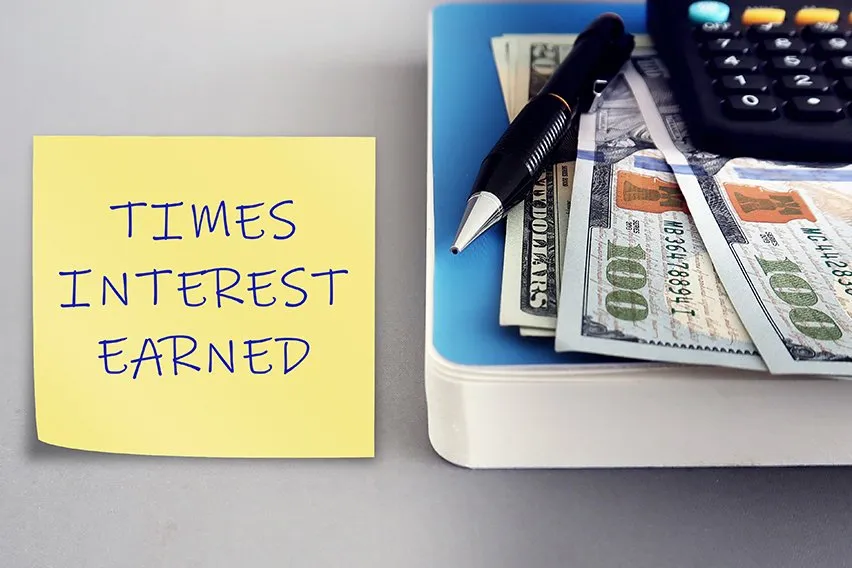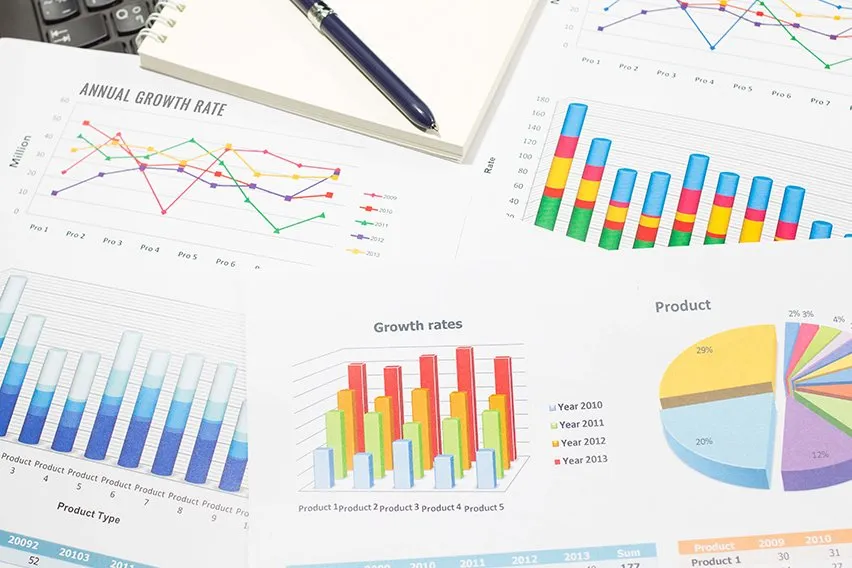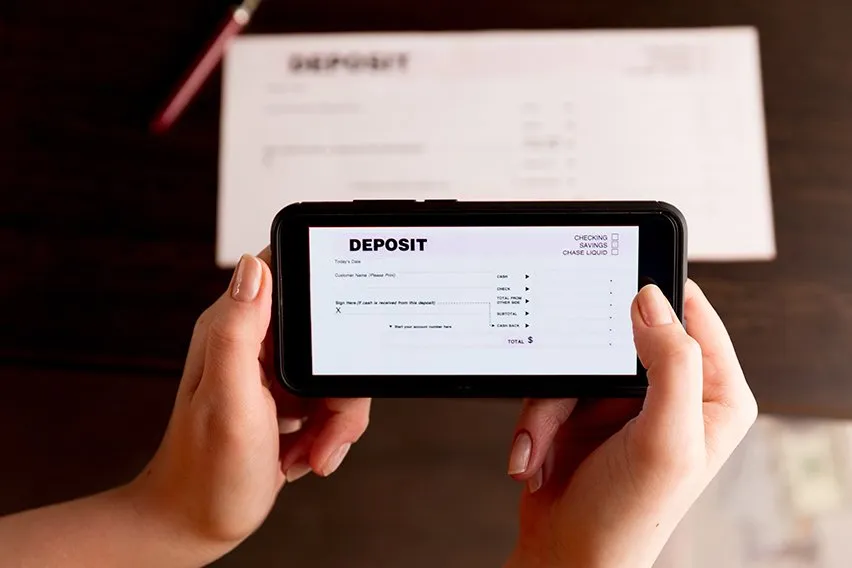What Is Times Interest Earned Ratio & How to Calculate It?

Companies use a variety of metrics to measure their financial health. One example of these metrics is the times interest earned ratio. It’s important that you understand how to properly calculate this metric. In doing so, you can get a good idea as to how well your business is doing.
In this guide, we detail the steps needed in the times interest earned ratio so you can more accurately gauge your financial health.
Here’s What We’ll Cover:
What Is the Times Interest Earned Ratio?
Calculating Times Interest Earned
What Is the Times Interest Earned Ratio?
As we mentioned above, this metric measures how healthy your company is financial. But more than that, the times interest earned ratio shows how easy it is for you to repay debt with your current income.
In calculating the ratio, you need to divide your income by the total amount of interest payable on forms of debt, such as bonds. After you calculate this formula, you will see a number that ranks your company’s ability to pay interest expenses with pre-tax income. In most cases, higher Times Interest Earned (TIE) means your company has more cash.
In order to better understand the TIE ratio, it is helpful to look at the ratio to explain the true meaning of this number. You can think of the TIE ratio as a type of ratio for the terms of solvency. In short, a solvency ratio. This is because it measures how easy it is for you to meet your financial obligations.

The metric uses interest payments because they are long-term fixed expenses. Therefore, if your company finds it difficult to pay fixed expenses such as interest, you could be at risk of bankruptcy. As such, the times interest ratio shows that you may need to pay off existing debt obligations before assuming additional debt.
Moreover, Times Interest Earned measures the number of times you can pay your interest expenses within a certain period of time. Although it is not necessary for you to repay debt obligations multiple times, a higher ratio indicates that you have more revenue.
What’s more, higher disposable income means that you are in a better position for growth. This is because you can invest in new equipment or expand. Obviously, when you have the operating expenses to reinvest in your business, it shows you are performing well.
Calculating Times Interest Earned
Before using the ratio formula, you must first calculate your company’s profit. And you do this before tax payments and interest (EBIT). This information is located on your financial statement. After finding EBIT, the formula for the ratio is as follows:
Times Interest Earned Ratio = EBIT ÷ Interest Expense
Please note that EBIT represents all of the profits your business earned during the relevant accounting period. This doesn’t include any interest, taxes, or other factors.
Furthermore, interest expense refers to any debt payments that your company owes to creditors in the same period. As with EBIT, this data is located on your income statement.
To give you an example of a practical situation, suppose that you are applying for a new loan so you can purchase machinery. Before the bank issues you the loan, they will check your income statement. It shows that your income prior to taxes and interest expenses is $400,000. In the same tax year, you paid $20,000 in debt or interest expenses. Therefore, the calculation is as follows:
Your Times Interest Earned Ratio = $400,000 ÷ $20,000

This would give you a TIE ratio of 20. That translates to your income being 20 times more than your annual interest expense. Thus, the bank sees that you are a low credit risk and issues you the loan.
Keep in mind that this example is just one of many. There isn’t a magic number for what makes a high TIE ratio. That’s because every company is different, with different parameters that must be taken into account.
What’s more, it’s possible that a ratio that is abnormally high could indicate that the company is high-risk. This shows that the company isn’t taking on debt. But at the same time, it isn’t investing its income back into the company.
It makes it clear that there’s plenty of room for growth, but the company isn’t taking action to act on the opportunity.
Key Takeaways
There’s certainly a fine balance to Times Interest Earned. It’s important to consider all financial indicators as you gauge your health. To ensure that you are taking advantage of all available resources, we encourage you to visit our Resource Hub.
We regularly update our Hub with tips and guides covering different aspects of business and finance. You’ll find articles on starting a small business, name registration, and more.
RELATED ARTICLES

 Principal Amount: Definition, Formula & Calculation
Principal Amount: Definition, Formula & Calculation What Is the Order to Cash (O2C) Cycle? Definition & Benefits
What Is the Order to Cash (O2C) Cycle? Definition & Benefits Compound Annual Growth Rate (CAGR): Overview & Calculation
Compound Annual Growth Rate (CAGR): Overview & Calculation What Is the Discount Factor & How to Calculate It?
What Is the Discount Factor & How to Calculate It? What Is a Certificate of Deposit (CD) & How Does It Work?
What Is a Certificate of Deposit (CD) & How Does It Work? What Are Trade Creditors?
What Are Trade Creditors?